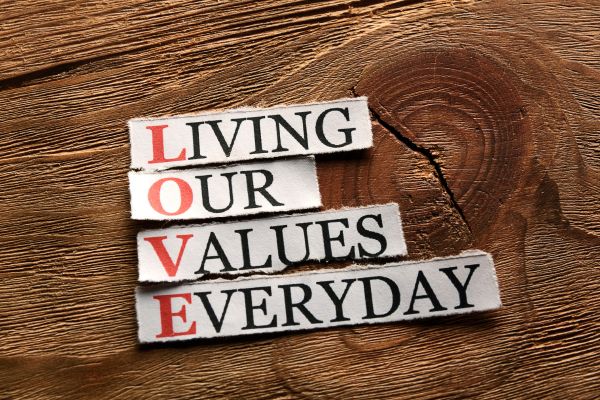When most people think of the Serenity Prayer, they often recall the powerful opening lines: “God, grant me the serenity to accept things I can not change, the courage to change the things I can, and the wisdom to know the difference.” These lines have provided strength, comfort, and guidance to those in recovery for decades.
“God, grant me the serenity to accept the things I cannot change” is a plea for inner peace. It’s about acknowledging that aspects of life are beyond our control. “The courage to change the things I can” is a request for strength and bravery. It’s about recognizing we can make changes when necessary and that we know these changes might be difficult, so we ask for courage and wisdom. Finally, “the wisdom to know the difference” is perhaps the most vital part of this prayer. It’s about understanding our limitations and recognizing our potential.
But have you ever wondered if there’s more to this prayer than meets the eye? Did you know a more extended version dives deeper into acceptance, courage, and wisdom? Let’s delve into this often-overlooked part of the Serenity Prayer and see how to use it.
The Complete Serenity Prayer
The longer version of the Serenity Prayer, attributed to theologian Reinold Niebuhr, says:
“God, grant me the serenity to accept the things I can not change,
The courage to change the things I can,
And the wisdom to know the difference.
Living one day at a time, enjoying one moment at a time,
Accepting hardship as a pathway to peace,
Taking, as Jesus did, this sinful world as it is, not as I would have it,
Trusting that You will make all things right if I surrender to Your will,
So that I may be reasonably happy in this life,
And supremely happy with You forever in the next. Amen”
Understanding the Extended Verses: Acceptance, Trust, and Happiness
As we dissect the extended version, we can see it dives further into principles crucial in addiction recovery and life itself.
“Living one day at a time, enjoying one moment at a time.” This echoes the well-known recovery principle of ‘one day at a time.’ it encourages us to focus on mindfulness and presence and embrace the present moment, regardless of what it holds.
“Accepting hardship as a pathway to peace.” This speaks to the transformative power of acceptance. Both in addiction and recovery. It’s a call to recognize and embrace adversity, not as a block but as a stepping stone to inner peace and sobriety.
“Taking, as Jesus did, this sinful world as it is, not as I would have it.” This powerful sentence reminds us that the world may not always align with our desires and expectations, which is okay. It’s a reminder that acceptance and letting go of control is important for our inner peace. Like other critical values in addiction recovery, it’s a call to surrender to a higher power.
“Trusting that You will make things right if I surrender to Your will.” Again, an emphasis on faith. Understanding that we’re not alone in our struggles and that trusting a higher power can help restore order and provide solace.
“So that I may be reasonably happy in this life and supremely happy with You forever in the next.” At last, the prayer ends on a note of hope. It’s an assurance that while we may not achieve complete happiness in this life, a reasonable measure of happiness is possible, and supreme happiness awaits us in the future.
A Richer Understanding of This Prayer
When you look at the full context of the Serenity Prayer, you realize it’s much more than just three lines. When we understand its full meaning, we can use it to draw a richer level of comfort and guidance. Whether recovering or navigating life’s ups and downs, this prayer offers a strong mantra for resilience, surrender, and inner peace.
So, next time you find yourself whispering of reading the Serenity Prayer, take a moment to remember its full depth. Let its words sink in, guide you, and give you the strength and acceptance you seek. It is, after all, more than a prayer; it’s a roadmap for life, in its joys and struggles.









